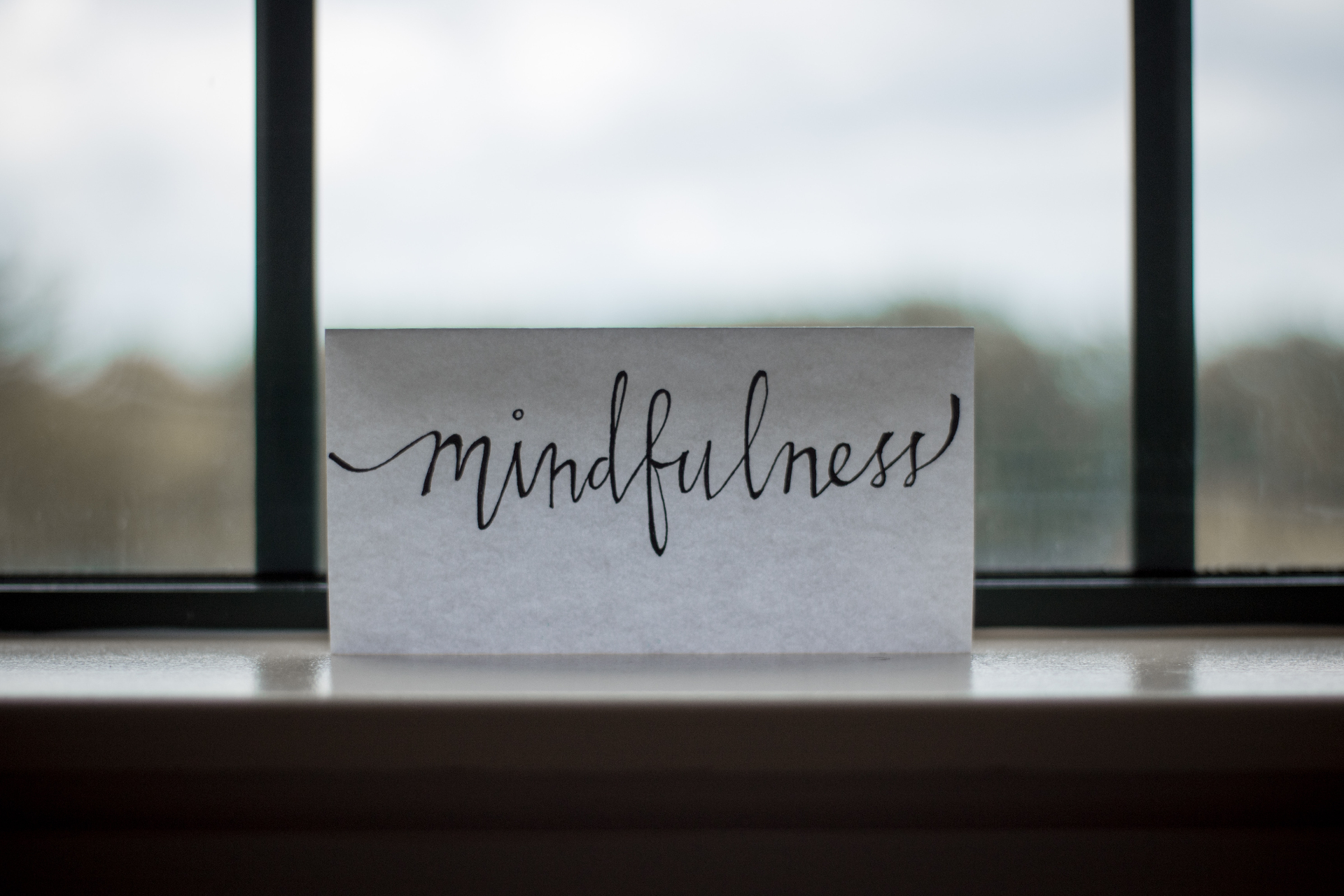Anxiety Tools: Mindfulness and Relaxation

Have you noticed the unprecedented pace at which our world is changing? Have you noticed how your body, mind and spirit are reacting to the changes? With the lightening speed changes, it’s no wonder that anxiety has become a common companion for many. Statistics from the national Alliance on Mental Illness, reports that almost 20% of American adults, and about 10% of American children and youth, experience symptoms of anxiety each year. The good news is that there are effective strategies and tools available to help manage and alleviate anxiety’s grip.
In this three-part blog series, we’ll explore a comprehensive array of techniques to combat anxiety from various angles. From mindfulness practices that calm the mind to cognitive approaches that reshape thought patterns, and lifestyle decisions that promote well-being to self-care practices that nourish the soul — we’ve got you covered. Let’s dive into the world of mindful tranquility, cognitive empowerment, and holistic well-being.
Let’s first get a picture of anxiety and what it might feel and look like.
Emotional symptoms:
Feelings of apprehension or dread.
Feeling tense or jumpy.
Restlessness or irritability.
Anticipating the worst and being watchful for signs of danger
Physical symptoms:
Pounding or racing heart and shortness of breath.
Sweating, tremors and twitches.
Headaches, fatigue and insomnia.
Upset stomach, frequent urination or diarrhea
What causes Anxiety?
Scientists believe that many factors combine to cause anxiety disorders:
Genetics. Studies support the evidence that anxiety disorders “run in families,” as some families have a higher-than-average amount of anxiety disorders among relatives.
Environment. A stressful or traumatic event such as abuse, death of a loved one, violence or prolonged illness is often linked to the development of an anxiety disorder.
What can be done?
Mindfulness and Relaxation Techniques
Deep Breathing Exercises: Practicing deep breathing can help activate your body’s relaxation response, reducing anxiety. Try techniques like diaphragmatic breathing or the 4-7-8 method to calm your mind and body.
Mindfulness Meditation: Engaging in mindfulness meditation can help you stay present and reduce anxious thoughts. Focus on your breath, bodily sensations, or even use guided meditation apps to cultivate a sense of calm and awareness.
Progressive Muscle Relaxation: This technique involves tensing and relaxing different muscle groups to release physical tension associated with anxiety. Guided sessions or tutorials can help you learn how to systematically relax your muscles and alleviate stress.
Apps are a great way to begin to engage in Mindfulness and Meditation techniques:
Some common apps, with great features are:
Calm, Headspace, Insight Timer, Breathe and Mindfulness Coach.
There are a lot of good free apps, using them for a few minutes, even 5 minutes to start, get set you on a course of managing your anxiety!
